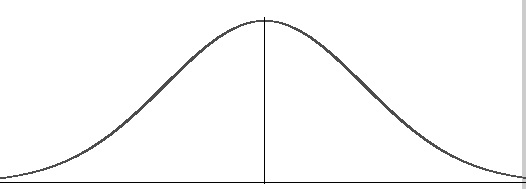Statistics Definitions > Probabilistic
What is Probabilistic?
A probabilistic method or model is based on the theory of probability or the fact that randomness plays a role in predicting future events. The opposite is deterministic , which is the opposite of random — it tells us something can be predicted exactly, without the added complication of randomness.
What is a Probabilistic Model?
Probabailistic models incorporate random variables and probability distributions into the model of an event or phenomenon. While a deterministic model gives a single possible outcome for an event, a probabilistic model gives a probability distribution as a solution. These models take into account the fact that we can rarely know everything about a situation. There’s nearly always an element of randomness to take into account. For example, life insurance is based on the fact we know with certainty that we will die, but we don’t know when. These models can be part deterministic and part random or wholly random.
Random variables from the normal distribution, binomial distribution and Bernoulli distribution form the foundation for this type of modeling.

What is the Probabilistic Method?
The probabilistic method, first introduced by Paul Erdős, is a way to prove the existence of a structure with certain properties in combinatorics. The idea is that you create a probability space, and — choosing elements at random — prove than any random element from the space has both a positive probability and the properties sought after. The method is widely used in a variety of disciplines, including: statistical physics, quantum mechanics, and theoretical computer science.
References:
Alon, Noga; Spencer, Joel H. (2000). The probabilistic method (2ed). New York: Wiley-Interscience. ISBN 0-471-37046-0.
Billingsley, Patrick, (1995). Probability and Measure, Third Edition. New York: Wiley.
Erdős, P. (1959). Graphs and probability. Canad. J. Math. 11 (0): 34–38. doi:10.4153/CJM-1959-003-9. MR 0102081.
Erdős, P. (1961). Graphs and probability, II. Canad. J. Math. 13 (0): 346–352. doi:10.4153/CJM-1961-029-9. MR 0120168.
Humphreys, Paul, (1989). The Chances of Explanation: Causal Explanations in the Social, Medical, and Physical Sciences. Princeton: Princeton University Press.